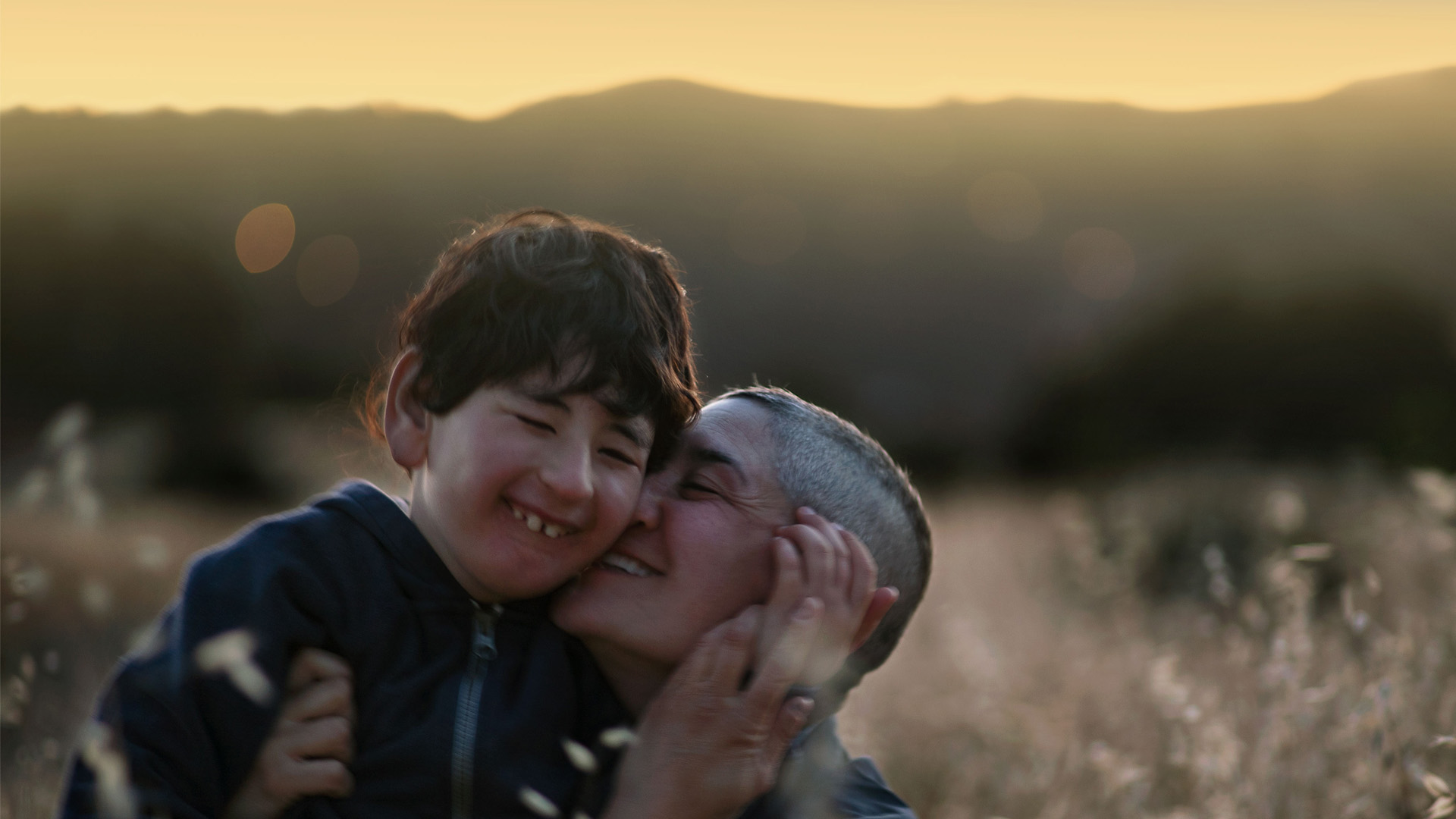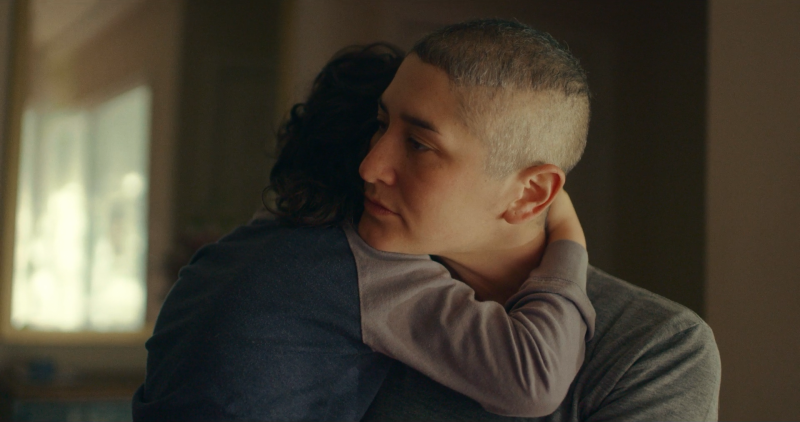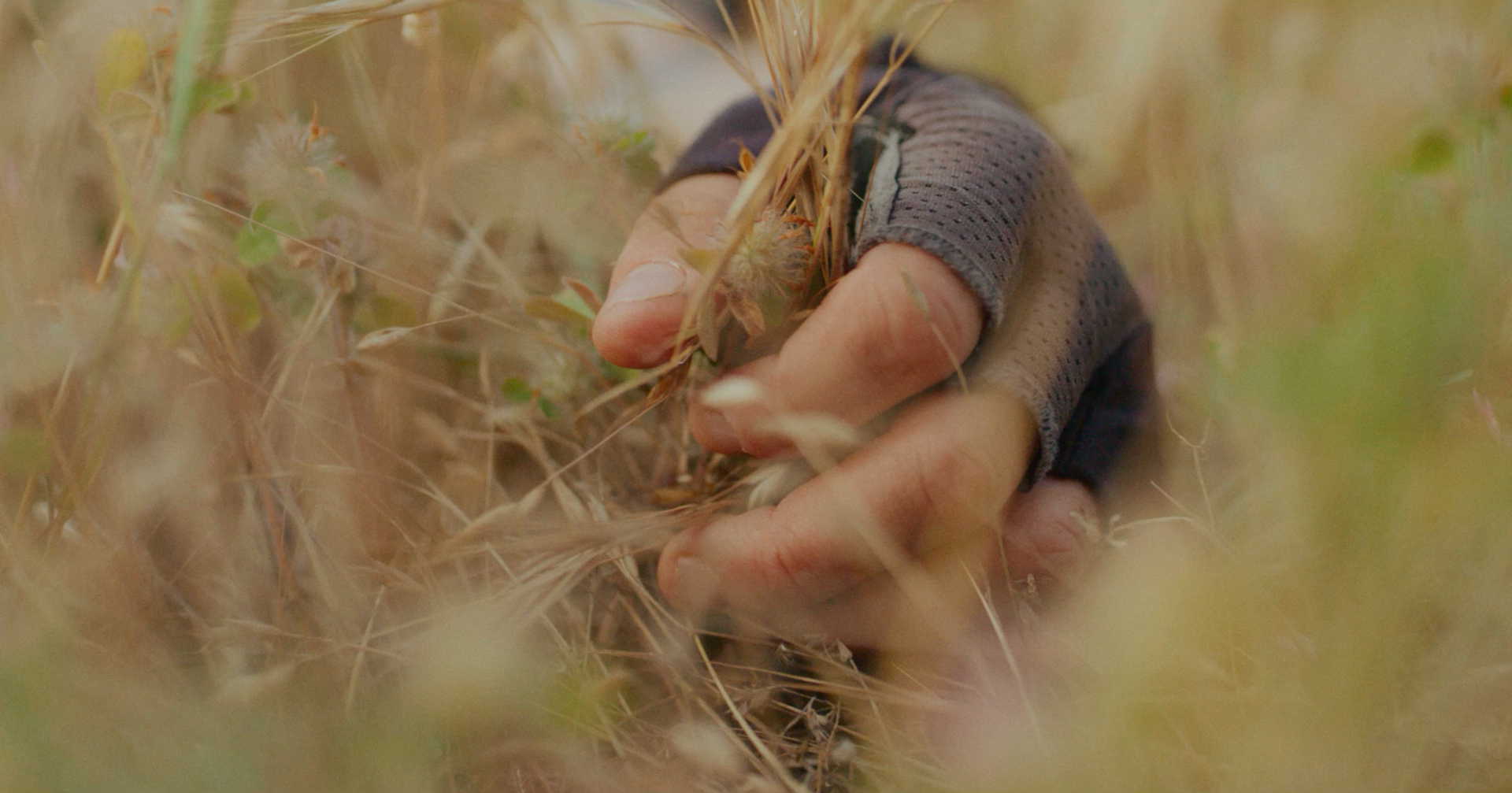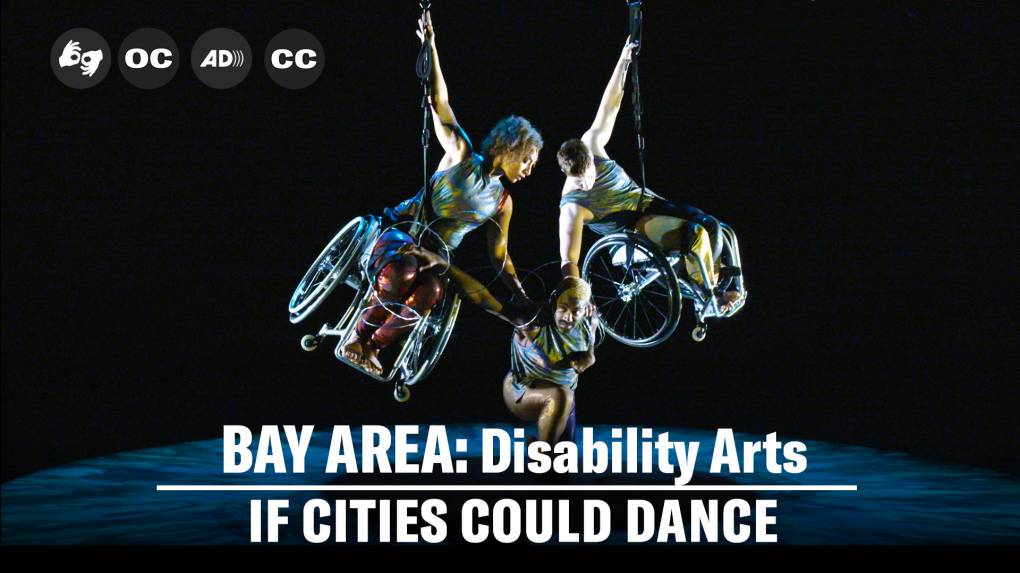A few days after COVID-19 forced everyone into lockdown in March 2020, Rivkah Beth Medow sat down with Randi Rader, turned on an audio recorder and queried her for three hours.
Medow was grappling with grief, unrelated to the pandemic, and sought a voice of experience and wisdom, and a path through her distress. She was familiar up to a point with her girlfriend’s rough experience as a mother of a child born with a serious genetic disorder. Now Medow wanted to hear every harrowing detail of Randi’s rollercoaster emotional journey.
“I didn’t know what it was going to be at the time,” Medow recalls, “but I got it transcribed and then I put together a radio cut of it.” Although the East Bay filmmaker had initiated the interview and the recording for her personal use, she was too moved to keep to herself. So she sent it to her creative partner, Jen Rainin, with a note.
“Hey, think there’s a film here?” she wrote. “What is this? This is something.”
Medow’s instinct proved accurate. The duo premiered Holding Moses last spring at SFFILM, followed by Frameline and the San Francisco Jewish Film Festival, garnering awards at all three local fests. The 17-minute film — which Rainin describes as an “experiential narrative” — debuted on The New Yorker website (where you can watch it for free) in November, and a month later was shortlisted for the Academy Award for Documentary Short. (It didn’t receive an Oscar nomination, alas, nor did another shortlisted East Bay short film, American Justice on Trial: People v. Newton. San Francisco filmmaker Jay Rosenblatt did receive a nomination for Short Documentary — his second in two years in that category — for How Do You Measure a Year?)

Holding Moses is a deeply touching glimpse of a mother-son relationship that is both recognizable and atypical, for young Moses has the extremely rare Phelan-McDermid Syndrome. We are granted intimate access to their bond, and even more so to Randi’s pain, despair and acceptance of her disabled child. The piece is anchored by Randi’s voice-over, 90% of which comes from her original conversation with Medow.






